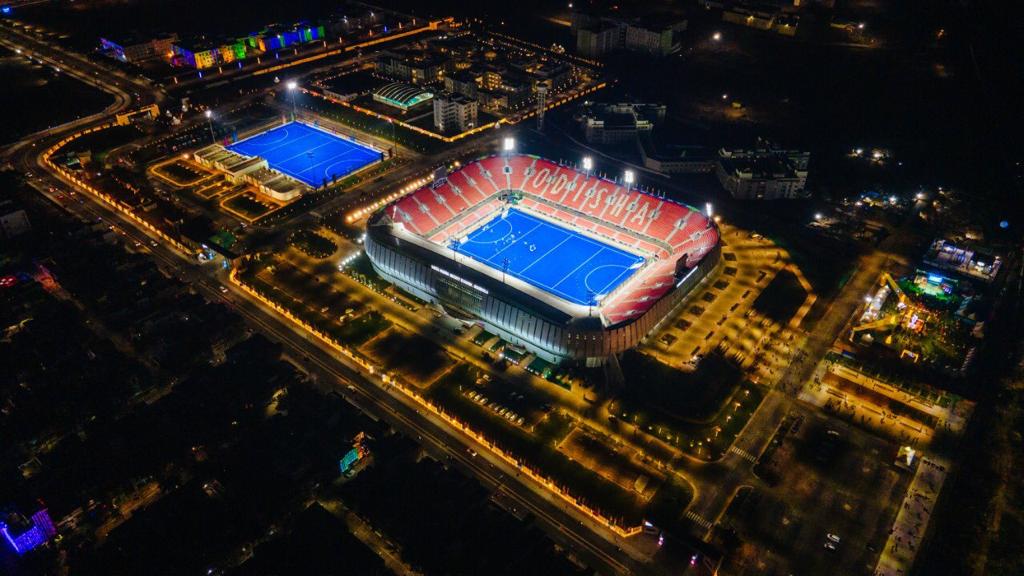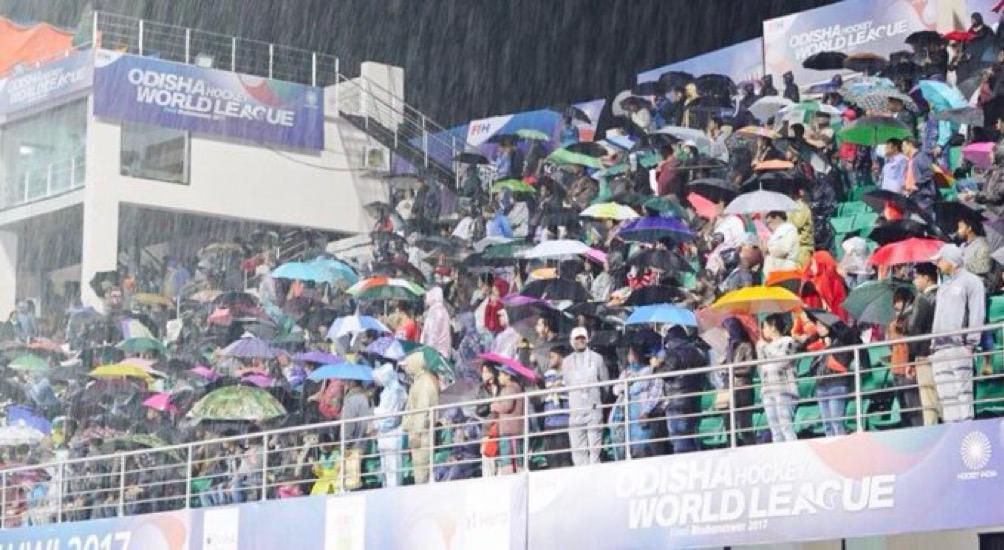
To be published by Simon and Schuster in January 2024.
Authored by Boria Majumdar and Vineel Krishna
Foreword by Shri Naveen Patnaik, Chief Minister, Odisha.
Odisha has forever been a favourite destination for many of us growing up in Bengal. My first memory of Odisha is my father telling me that a puja vacation was incomplete without going to Puri and Bhubaneshwar. In fact, it was a ritual. Every Puja, we would go to the neighbouring state for a good two weeks. It was affordable and quick and, may I say, thoroughly enjoyable. I loved visiting the Jagannath Temple, and having the prashad within the temple precinct was the highpoint of the tour. Few things taste so delicious and the experience of sitting down with fellow Indians trying out the prashad was really humbling.
Every evening, we would go to the beach. Take long walks, and then end up sitting down in one of the shacks for a fresh seafood meal. The pujo in Puri is the perfect Bengali holiday.
But in all this, there was no sport. Odisha and sport did not go hand in hand. Rather, locals from Odisha would travel to Bengal to play and it was not something which was a priority in Odisha. There were a few local stars, Dilip Tirkey and Lazarus Barla to name two, who made it to the national team, but these were all individual efforts rather than the result of any form of structural change in the state.
Now, things are different. Under the leadership of Shri Naveen Patnaik, one of India’s most-loved and admired Chief Ministers, Odisha has turned the page, and how. With the amount of work that has happened in the last six years, the state is now the new nerve centre of Indian sport. With the most incredible infrastructure and the best technical expertise and coaching, Odisha has started to produce some incredible athletes who end up scripting some remarkable stories of achievement.
Take the case of Sundargarh, for example. Not too long ago, it was part of a tribal belt with little or no facilities for sport. People in Sundargarh played hockey, and some like Tirkey made it to the Indian team from the pebbled fields in the district, but such stories were more of ‘jugaad’ than anything else. Tirkey was an aberration and not the norm. Without a structure in place, you can only go up to a certain point and no more. Now in the Sundargarh district alone, there are 22 artificial turfs, with more on the way. Odisha has hosted close to 25 international events of scale in the last six years. No state has hosted more than half of that. No country has hosted back-to-back hockey World Cups in decades, while Odisha managed to do so successfully in 2018 and 2023. More recently, we have started to see Odisha make a mark on the international stage, with a slew of its athletes starting to win medals or producing personal bests. Kishore Jena in the javelin is one such example.

And it’s not just Jena. In someone like Hupi Majhi, not to forget the likes of Dumini Marndi and Mama Naik, we have some of the best examples of women’s empowerment. Both Majhi and Marndi are from underprivileged backgrounds where two square meals were once considered a luxury. No one in their villages had ever travelled in an airplane or heard of social media. Farming was all they knew and for the women, life ended with marriage. Girls weren’t allowed to wear shorts in the village and playing with boys or men was considered disrespectful. To come to terms with a woman playing a contact sport was a far cry.
“To have one extra glass of milk or one extra roti was a luxury,” said one of these Rugby girls when we spoke to them. “It meant my mother would have go to hungry that night.” Now, things are different. Rugby and the facilities on offer in Odisha have given them lives of respect and comfort. They have started to earn reasonable monies and when the government of Odisha announced 5 lakhs for making the Indian team in 2017, it was considered a windfall for the entire village. All of a sudden, the social taboos were broken and Majhi was considered the role model for every aspiring youngster. Now the government has announced a further 10 lakhs for every athlete from the state who is part of the Asian Games, and such gestures will only further help the growth of sport in the future. Ask Majhi the marriage question and you get the best answer, “The choice is between doing something for India and getting married,” she said. “I don’t think the question is relevant anymore.”
Each of these exceptional athletes, who all have extraordinary stories, now have the infrastructure needed to hone their talent. Visit the Kalinga Stadium complex, and all of a sudden, you are transported to the developed West. Rather, there is nothing like this in the world at the moment, and Odisha has clearly taken the lead in producing the best multi-sport precinct that exists in India.
The Odisha story needed to be documented. How did this all happen? What started it and how did it progress? What are the plans going forward?
I always wanted to write this book. Each time I travelled to Odisha, I was stunned by what was unfolding. And that’s when I approached Vineel Krishna, Secretary Sports, Government of Odisha, who is actually a part of this transformation. He has seen it all, and since the time Shri VK Pandian first mooted the idea to the Chief Minister in 2017, Mr. Krishna has been associated with it. There was no one better to work with.
He readily agreed, and for nearly a year and a half, we have been working on the book. Countless zoom sessions, phone calls, field visits and, finally, I am delighted to say that the book is going to press this week.
Two versions – a coffee table edition laden with the most fantastic pictures documenting this story, and also a paperback version. This is a book on leadership, on how opportunities were created, on public-private partnership with India’s leading corporates, and finally the story of a sports revolution.
It will be published by Simon and Schuster in January 2024. Thank you, Vineel, for all your work and support, and may I say how pleased I am with how it has shaped up. Now, the final word goes to our readers.



